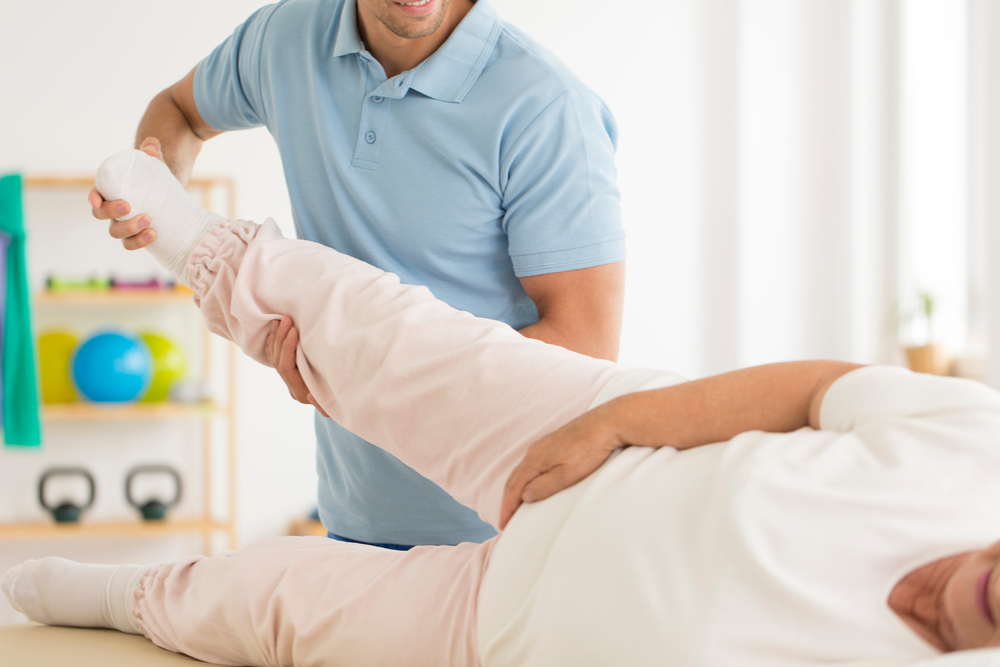Pelvic floor muscles and the surrounding connective tissue can become tense and restricted as a result of pain and that tension can lead to more pain. Infections, prolonged sitting, injury, or stress may be the reason that the pain started in the first place, but pain can linger even after the infection or injury has healed. When the body senses pain, muscles brace to protect the area. This triggers a cycle of muscle tension and dysfunction that causes the pain to become chronic. Pelvic floor physical therapy employs manual techniques, exercise programs, diet and activity modifications, and education to break the cycle of muscle tension and tissue restriction leading to pain leading to more tension.
A technique called connective tissue manipulation releases connective tissue restrictions in areas surrounding the pelvis including abdominals, inner thighs, groin, buttock, and low back. Manual release of pelvic floor muscles and relaxation exercises can also help to alleviate muscle tension and associated pain. Exercises and stretches are prescribed by physical therapists to address muscle dysfunction and tightness. Lifestyle modifications such as adjusting daily activities, held positions, and diet help to address underlying causes and triggers of pelvic pain.

